The Way of St. Benedict is a historical and spiritual journey through the heart of central Italy. This 300 km itinerary stretches across Umbria and Lazio and is not just a route for hikers. It is a spiritual journey through beautiful natural surroundings, following in the footsteps of St. Benedict of Norcia, the patron saint of Europe.
Along the 16 stages of the route, pilgrims or walkers will discover the three most important Benedictine sites (Norcia, Subiaco and Montecassino), places such as Cascia and Roccasecca, linked to important historical and spiritual figures (St Rita and St Thomas), ancient villages, hidden hermitages, and the nature of two beautiful regions of central Italy.
Silence, enchanting views and spirituality are the words that describe this unique experience, which invites you to slow down, connect with the history and nature of the area, and rediscover yourself.
In this article, we explore the Way of St Benedict, with its places, valuable monuments and useful tips to help you prepare for one of the most beautiful trails in Italy!

The Way of St. Benedict: a journey through spirituality, nature and history
🥇 Visit Italy’s brand partnership
The Way of St. Benedict takes us on a journey of discovery through two regions renowned for their rich spiritual heritage in central Italy: Umbria and Lazio. The starting point of the route is in Umbria, in Norcia, the birthplace of St. Benedict, located at the foot of the beautiful Sibillini Mountains.
From here, covering 300 km divided into 16 stages, we reach the Abbey of Montecassino, the mother house of the Benedictine order and the place where Benedict lived the last years of his life and wrote the famous rule remembered with the motto "ora et labora".
The route passes through places of great cultural, spiritual and naturalistic importance. It goes from Cascia and Roccaporena, where Saint Rita lived, to the village of Leonessa at the foot of the Reatini mountains and Rieti, a papal city.
We will pass through small, welcoming villages such as Orvinio and Mandela, and, once we reach the Aniene valley, we will arrive at one of the most essential destinations on the itinerary: Subiaco. Benedict lived here for many years and founded several monasteries.
After crossing the Aniene valley, we will walk through the green woods of the Ernici mountains until we reach the Liri valley. We are getting closer and closer to Montecassino, the final stop on our journey, but first, we will stop in Roccasecca, home of St. Thomas Aquinas.
The Way of St. Benedict can be travelled in its entirety or only in part, on foot or by bicycle.
The wide variety of natural and cultural attractions that this route offers allows us to choose just a few stops or areas, based on our personal needs and motivations.
Whether you decide to do the route on foot or by bike, don't rush!
Each stage of the Way of St. Benedict, will take you to a beautiful and unknown part of Italy, so keep a relaxed pace to grasp the more profound meaning of this itinerary, which combines art, history, nature and spirituality.
In this article, we reveal the characteristics of each stage of the journey, and also helpful information to help you organise yourself in the best possible way.
First, let's find out more about Benedict, the abbot considered the father of Western monasticism.
Find out more about RoccaseccaWho was Saint Benedict of Norcia?
Benedict was born in Norcia around 480 AD, shortly after the Western Roman Empire had fallen.
As a teenager, like all noblemen's sons, he was sent to Rome to study. At that time, Rome was at the mercy of barbarian wars and in the throes of a great moral crisis.
For this reason, Benedict decided to take refuge in the Aniene Valley, in a cave near Subiaco. Here he lived in solitude for a period, but then, thanks to his profound spirituality, he attracted several disciples.
Around the cave in Subiaco, he organised a small monastic colony. However, due to the envy of a local priest, he left Subiaco. He went with his disciples to Cassino, where he founded the famous Abbey of Montecassino around 529.
Here, according to tradition, he died on 21 March 547, forty days after his sister Scholastica, with whom he was buried.
At Montecassino, Benedict wrote the famous rule that was later adopted in all monasteries and made St. Benedict the central reference point for Western monasticism.
The Rule of St. Benedict is a set of principles that establish how to live in community.
It is based on the balance between prayer and work, on humility, love, respect and helping the weak.
St. Benedict of Norcia was proclaimed the patron saint of Europe by Pope Paul VI in 1964.
Stage 1: Norcia – Cascia
17.7 km - Elevation gain and loss: 480m + / 420m -
St. Benedict route starts from Benedict's birthplace: Norcia. Despite the damage caused by the strong earthquake in 2016, Norcia offers valuable monuments, beautiful views and an aura of serenity and resilience. We recommend arriving in Norcia the day before starting the walk so that you have plenty of time to visit it.
The most important monuments are located in the historic centre, around the central square, and include: the Basilica of St. Benedict, which according to tradition was built on the remains of the saint's birthplace, the Cathedral of Santa Maria Argente and the Town Hall.
Two kilometres from the centre is the monastery of San Benedetto in Monte, overlooking the Piana di Santa Scolastica at the foot of the Sibillini Mountains.
The monastery is inhabited by a community of monks who, in addition to living according to the Benedictine rule, are involved in the production of Nursia craft beer.
At 1,500 metres, on the Pian Grande, we also find the splendid village of Castelluccio di Norcia, which enchants with its excellent colours and views.
The first stop is Cascia, the birthplace of Saint Rita, the patron saint of 'impossible' or desperate cases.
Here, too, there is no shortage of places and views of great beauty, such as the tiny village of Roccaporena where the saint spent her youth, the "Sacred Rock" where she loved to retreat in prayer, and the Monastery of Saint Rita, now inhabited by cloistered nuns and open to visitors on guided tours led by Augustinian monks.
Take the time to enjoy the splendid "Sentiero di Santa Rita" (Path of Saint Rita) that connects Cascia to Roccaporena, and the priceless views of the Sibillini and Reatini mountains that can be admired from the Sacred Rock.
Stage 2: Cascia – Monteleone di Spoleto
17.9 km - Elevation gain and loss: 460m + / 180m -
The second stage of the Way of St. Benedict, leads to Monteleone di Spoleto, a medieval village surrounded by beautiful nature. In this village, located at 1000m above sea level in a panoramic position, you will find friendly people, authentic food and monuments of historical importance such as the church and convent of San Francesco.
Do not miss the opportunity to taste the delicious local dishes prepared with Monteleone spelt, a typical product of the area.
If you visit in August, you can take part in various festivals dedicated to local products and dishes, such as the "Sagra del Farro" (Spelt Festival) and the "Sagra degli Strascinati" (Strascinati Festival), a typical dish prepared with short pasta topped with pecorino cheese, egg and sausage!
Stage 3: Monteleone di Spoleto – Leonessa
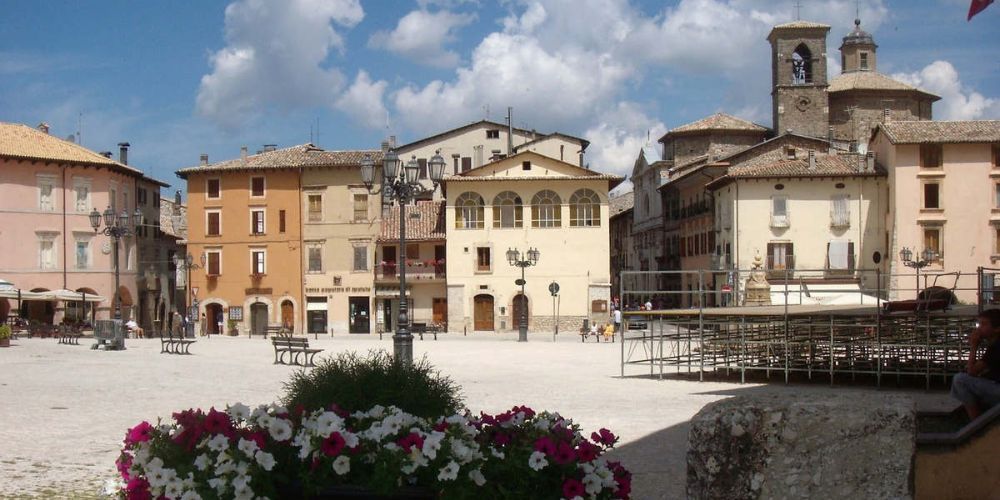
Leonessa - ph. credit: https://www.camminodibenedetto.it/
13.1 km - Elevation gain and loss: 200m + / 160m -
Crossing a beautiful plateau with grazing animals, you reach the town of Leonessa, a place rich in natural and cultural attractions.
Founded in 1278 by Charles of Anjou to reinforce the northern border of the Kingdom of Naples, Leonessa developed culturally and economically over the years thanks to the processing and trade of wool.
Walking through the historic centre, you will come across numerous churches and the Sanctuary of St. Joseph of Leonessa, a Capuchin saint. In addition to its architectural beauty, it enjoys an extraordinary geographical position at the foot of the Reatini Mountains.
Leonessa is also known for its delicious cuisine, which includes cured meats, pasta, soups, spelt, truffles and potatoes.
Among the cultural events, we recommend the Leonessa potato festival in October and, at the end of June, the "Palio del Velluto", an event that recreates the atmosphere of the 16th century.
Stage 4: Leonessa – Poggio Bustone
14.2 km - Elevation gain and loss: 550m + / 710m -
We continue through the extensive beech forests of the Reatini Mountains, you will reach Poggio Bustone. This place enchants with its splendid nature.
Behind you lie the woods of the Monti Reatini, and in front of you is the Santa Valley, featuring two lakes and stunning views of the Monti Sabini.
Poggio Bustone and the entire Santa Valley are strongly linked to St. Francis. The Santa Valley is home to four Franciscan sanctuaries, two of which (Poggio Bustone and La Foresta) can be reached via the Way of St. Benedict.
Among the places associated with St. Francis in Poggio Bustone is the Sacro Speco. In this cave, the saint used to retreat to pray, and the Convent of San Giacomo was built around the small church and caves where the friars lived during Francis's time.
Poggio Bustone is a place of great peace and beauty, featuring small houses and panoramic views of the Holy Valley.
Stage 5: Poggio Bustone – Rieti
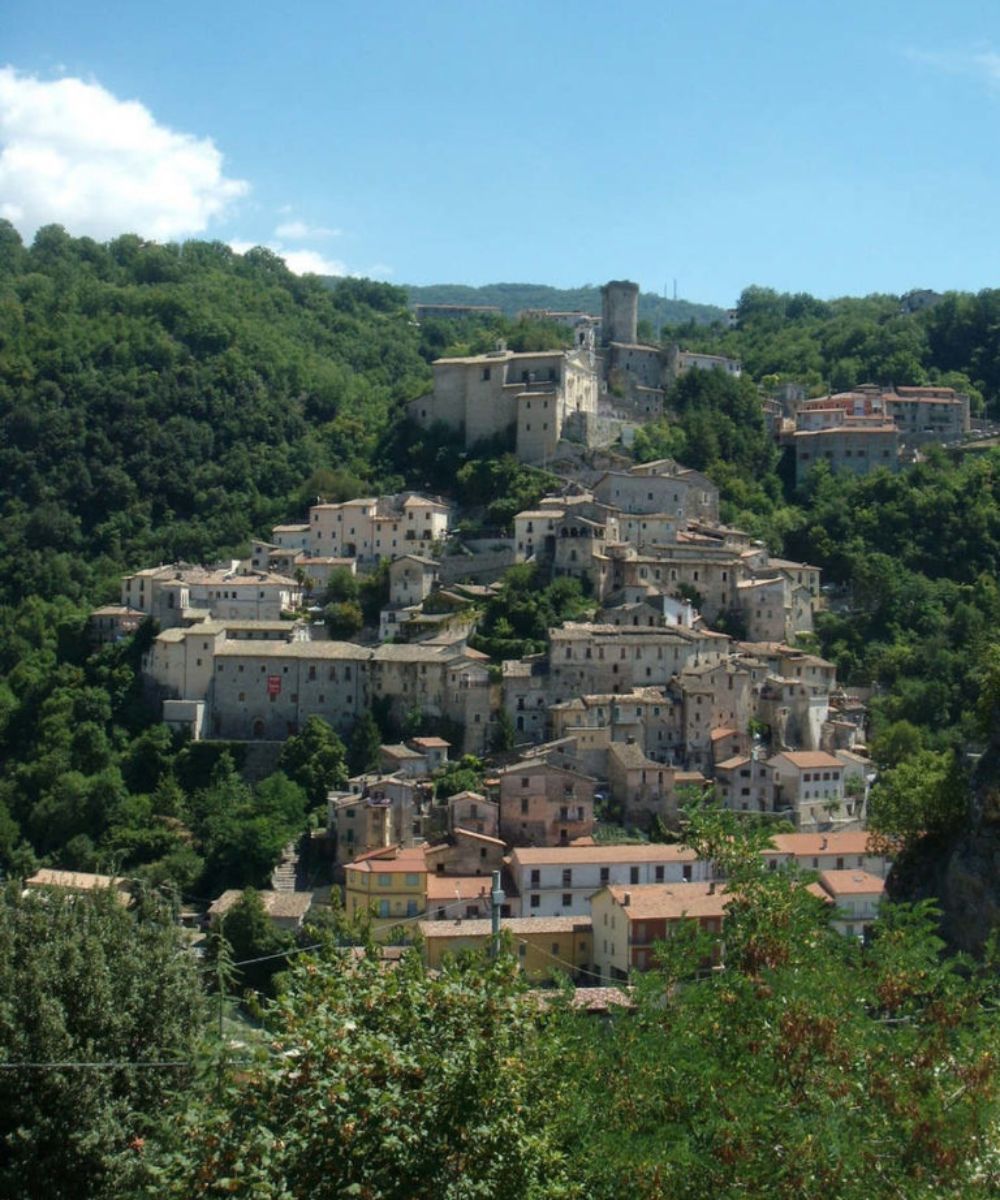
Cantalice - ph. credit: https://www.camminodibenedetto.it/
17.4 km - Elevation gain and loss: 220m + / 630 -
Crossing the Valle Santa, you reach Rieti, the only town touched by the Way of St. Benedict.
Descending from Poggio Bustone, you pass through the charming village of Cantalice, a small cluster of ancient houses nestled against the mountain and surrounded by woods. In Cantalice, you will find the Sanctuary of San Felice all'Acqua, a saint who was born in this very village.
Continuing along the way, you will come across the beautiful Sanctuary of La Foresta. In this must-see place, St. Francis retired before undergoing eye surgery.
A long descent leads to Rieti, a papal and Franciscan city. In Rieti, you will find Renaissance buildings, medieval and Baroque churches, as well as Roman ruins, including the Roman viaduct built in the 3rd century BC and the "underground Rieti".
Stage 6: Rieti – Rocca Sinibalda
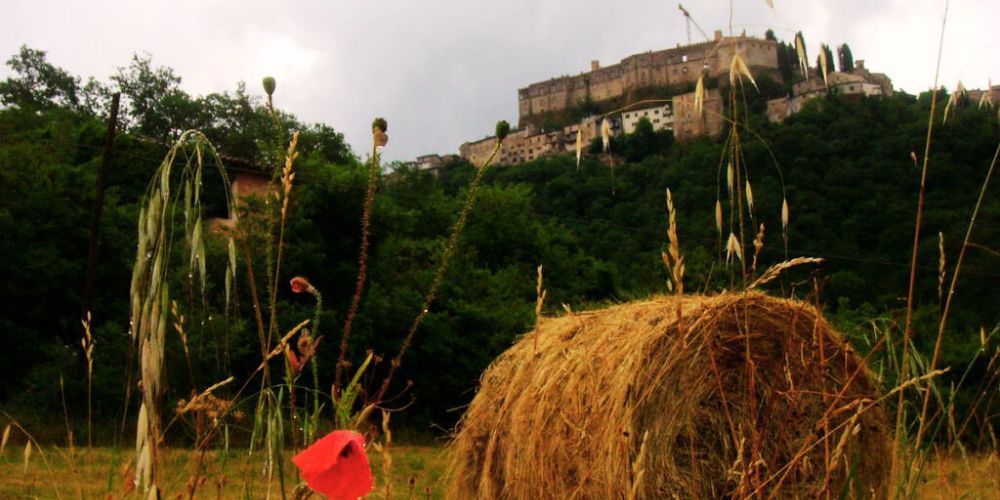
Rocca Sinibalda - ph. credit: https://www.camminodibenedetto.it/
20 km - Elevation gain and loss: 350 + / 190 -
From Rieti, going up the Turano Valley, you reach Lake Turano, an artificial lake created in the 1930s. Stage 6, which is almost flat and very easy except for a final climb, takes us to the charming village of Rocca Sinibalda, which captivates with its panoramic view over the entire valley. The village's imposing medieval castle was significant in medieval times, and it was here that the first Franciscan saint, Saint Filippa, was born.
Stage 7: Rocca Sinibalda – Castel di Tora
14.5 km - Elevation gain and loss: 280 + / 250 -
Stage 7 allows us to enjoy the splendid natural surroundings of the lake, ideal for relaxing, peaceful walks, mountain biking and canoeing.
We reach one of the small villages overlooking the lake, Castel di Tora, one of the many "most beautiful villages in Italy" that can be found along the Way of St. Benedict.
This small village, untouched by mass tourism, enchants visitors with its relaxing atmosphere and views. Don't miss the view of the village from the Antuni peninsula!
Stage 8: Castel di Tora – Orvinio
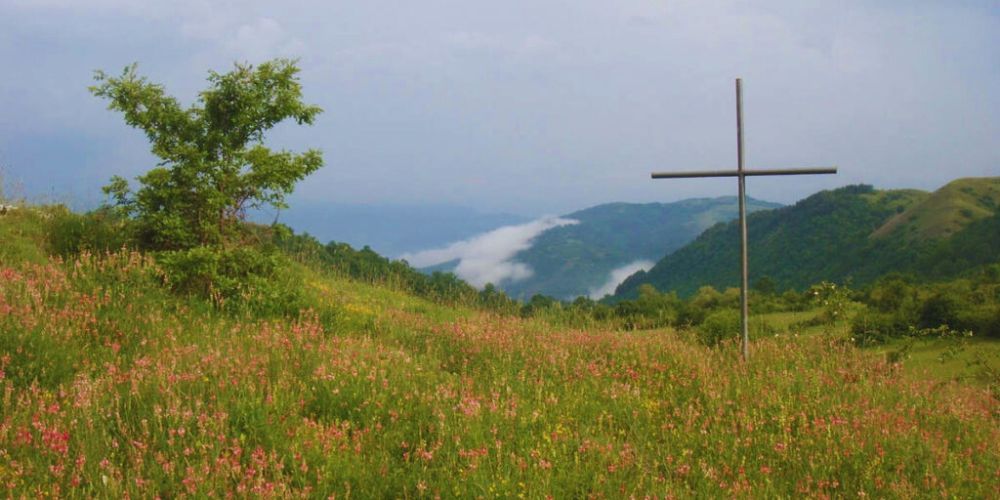
Sabini mountains - ph. credit: https://www.camminodibenedetto.it/
13.5 km - Elevation gain and loss: 790 + / 560 -
Stages 8 and 9 of St. Benedict route, cross the beautiful Sabini and Lucretili mountains. This area is home to many small towns with a magical atmosphere. One of these is Orvinio, a village linked to the monks of Santa Maria and noble Roman families. Walking through its narrow streets, you can admire ancient churches and the Malvezzi Campeggi Castle with its walls.
There are also numerous vantage points where you can enjoy splendid views.
Stage 9: Orvinio - Mandela/Vicovaro
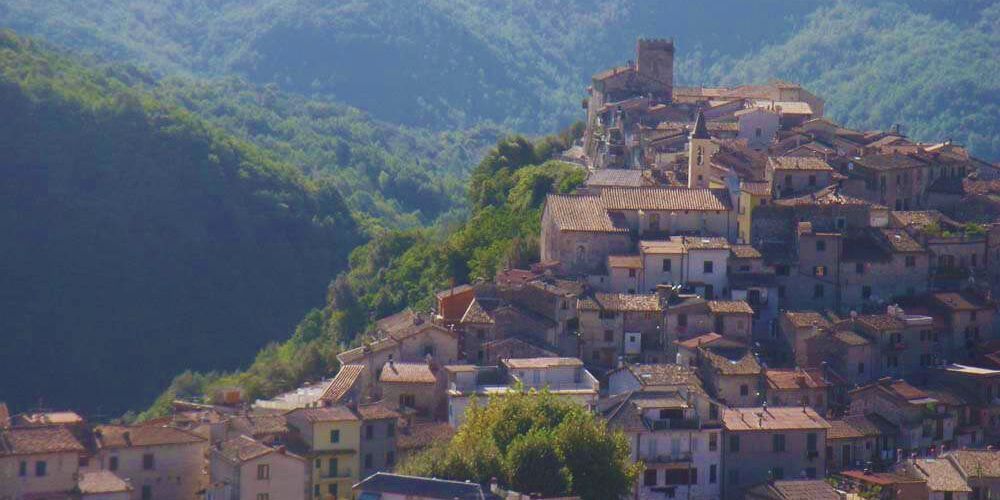
Licenza - ph. credit: https://www.camminodibenedetto.it/
19.9 km - Elevation gain and loss: 540 + / 910 -
Stage 9 crosses the Lucretili Mountains, an area of unspoilt nature that is only 40 km from Rome as the crow flies. On the way to the village of Mandela, you will also pass through the small town of Licenza, where you can see the remains of the ancient Roman villa of the poet Horace.
Mandela, the destination of this stage, is a quiet village in the heart of the Aniene valley. From here, we recommend visiting the Convent of San Cosimato in Vicovaro, where, in addition to the convent, you can explore the Benedictine "caves" and the Roman aqueduct that crosses the travertine rock on which the convent is built.
Stage 10: Mandela/Vicovaro – Subiaco
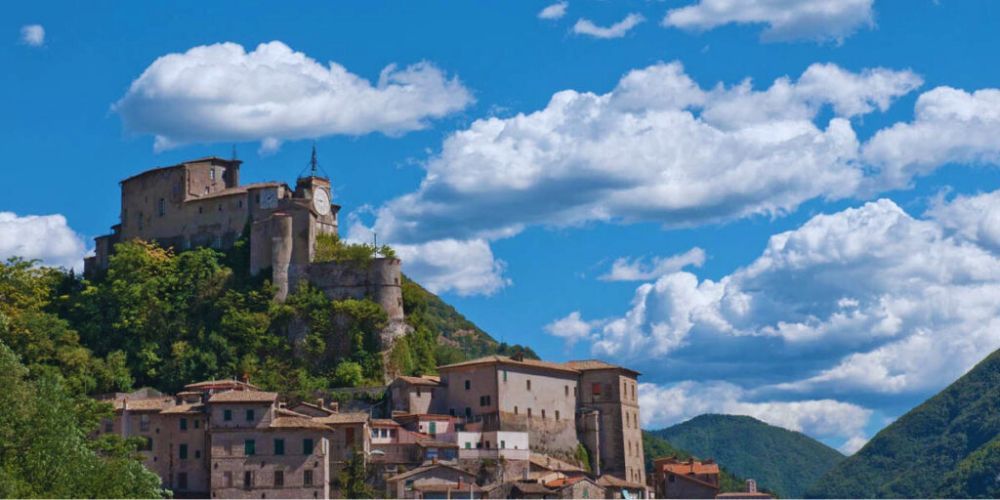
Subiaco _ Rocca Abbaziale – ph. credit: Paolo Sbraga - https://www.camminodibenedetto.it/
31 km - Elevation gain and loss: 560 + / 520 -
Continuing through the Aniene Valley, after passing the charming village of Gerano, you reach Subiaco, one of the most critical places of the Way of St. Benedict. Benedict lived here for 30 years, had his first experience as a hermit and founded the first communities of monks.
One of the Benedictine sites in Subiaco is the Monastery of St. Benedict, also known as the Sanctuary of Sacro Speco. The complex stands on the ruins of the villa of the Roman emperor Nero.
It includes the convent, two superimposed churches and the cave where Benedict lived in solitude for three years (Sacro Speco).
Another building of great importance is the Monastery of St. Scholastica, the oldest of the Benedictine monasteries. Founded in 520 AD, it has been rebuilt several times over the years and its ancient history is recounted by the three cloisters inside, each built in a different style.
Inside, there is also a library and a museum with a large number of manuscripts and ancient works, including the first book printed in Italy.
The historic centre of Subiaco is very characteristic with its narrow streets and squares.
In the upper part of the village is the Rocca dei Borgia, also known as the Rocca Abbaziale, a place of great historical importance where Cesare and Lucrezia Borgia, two of the children of Cardinal Rodrigo Borgia, who was elected Pope in 1492 under the name of Alexander VI, were born.
Finally, the surrounding nature of the Monti Simbruini Regional Park makes Subiaco an ideal destination for walks with breathtaking views.
Subiaco is undoubtedly one of the places to spend an extra day!
Stage 11: Subiaco – Trevi nel Lazio
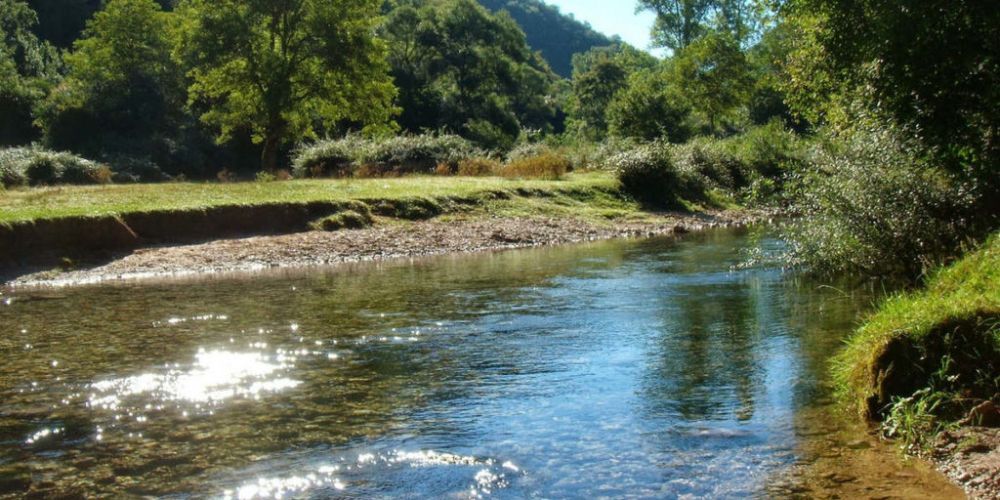
Aniene river - trevi - ph. credit: https://lnx.camminodibenedetto.it/
17.8 km - Elevation gain and loss: 350 + / 70 -
From Subiaco, passing through the beautiful 'Valle Santa' (Holy Valley), you reach a small town with a significant history: Trevi nel Lazio.
The route through the Valle Santa, along the Aniene River, will be exciting with its stunning views.
Trevi nel Lazio stands on a hill around the ancient Caetani Castle, built to control the upper Aniene valley. This area, inhabited since ancient times, was conquered by the Romans. In fact, here we find several remains of buildings and constructions from the Roman era.
In addition, the historic centre of Trevi offers valuable attractions such as the Oratory of San Pietro Eremita and the Collegiate Church of Santa Maria Assunta.
All around, the view of the Simbruini Mountains completes the picture!
Stage 12: Trevi nel Lazio – Collepardo
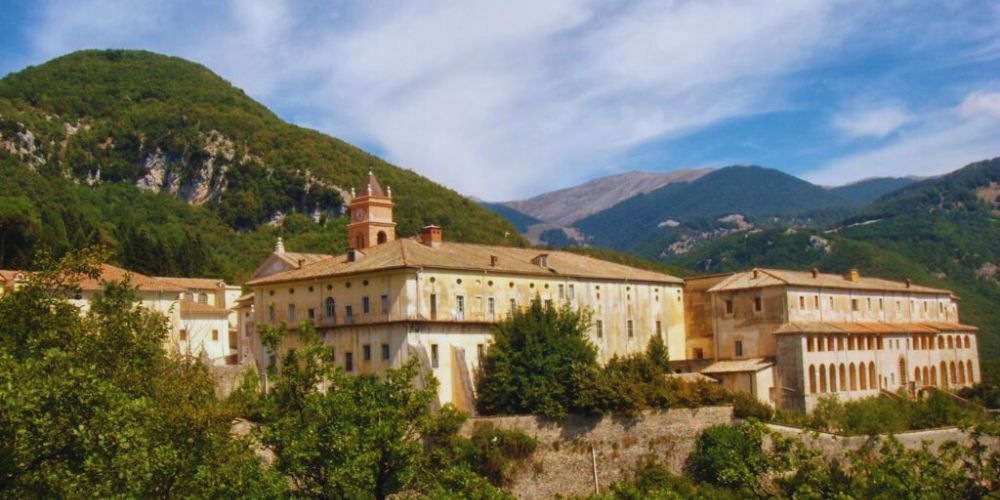
Certosa di Trisulti - ph. credit: https://www.camminodibenedetto.it/
23 km - Elevation gain and loss: 560 +/ 750 -
Leaving Trevi, the Way of St. Benedict continues through the woods of the Ernici Mountains. It reaches Collepardo, a delightful village in a panoramic position.
Collepardo charms visitors with its medieval historic centre and surrounding nature, characterised by a valley rich in water and karst caves.
In the middle of the Ernici woods, specifically in the Selva d'Ecio, we find one of the most beautiful monasteries in central Italy: La Certosa di Trisulti, a place of peace not to be missed.
And to finish off in style, from the Certosa square, following a downhill path through the woods, you reach a large cave that houses the charming hermitage of the Madonna delle Cese.
Stage 13: Collepardo – Casamari
24,9 km - Elevation gain and loss: 600 + / 900 -
Stage 13, walking through beautiful woods, leads us towards the Liri river valley until we reach an excellent and rare example of "Cistercian Gothic" in Italy: the Abbey of Casamari.
Founded in 1035 by the Benedictines, it was modified by the Cistercians and over time became an important political and religious centre. In addition to the cloister, chapter house and refectory, the abbey complex also included a space for welcoming pilgrims, a pharmacy and a hospital.
Another place of peace and contemplation not to be missed!
Stage 14: Casamari – Arpino
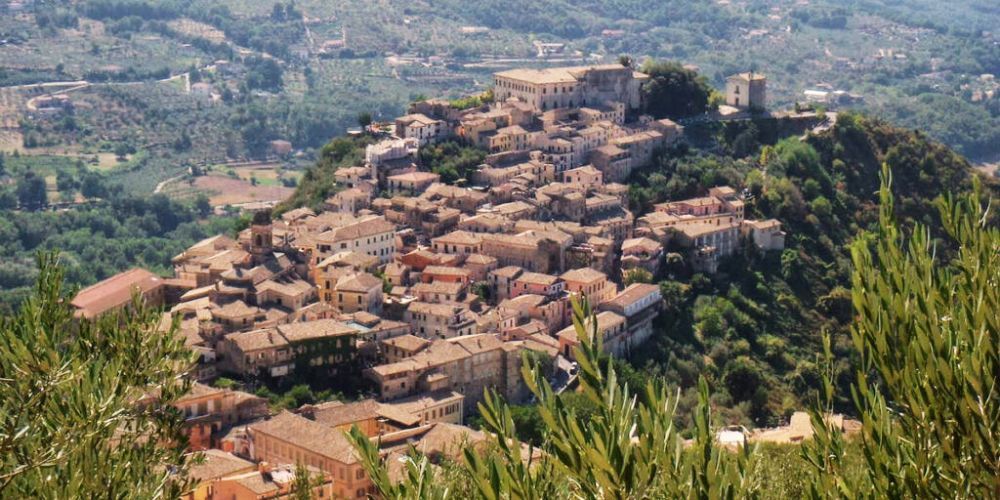
Arpino - ph. credit: https://www.camminodibenedetto.it/
21,9 km - Elevation gain and loss: 520 + / 340 -
At stage 14, we arrive in Arpino and begin the final stages of the Way of St. Benedict. During this stage, we will pass through the charming town of Isola del Liri, which is known for its two waterfalls. The most spectacular waterfall is located in the historic centre of the city.
After Isola del Liri, we come across another monastic complex of great beauty: the Abbey of San Domenico. This abbey was founded in 1011 by San Domenico di Sora, on the ruins of the birthplace of Marco Tullio Cicerone.
Walking uphill through hills covered with olive trees, you reach Arpino, a place of great beauty that amazes with its ancient Acropolis, the central square with the remains of the Roman Forum, the churches, and the perfect pointed arch that was the ancient entrance to the Acropolis.
Arpino is undoubtedly a magical place that remains etched in the memory!
Stage 15: Arpino – Roccasecca
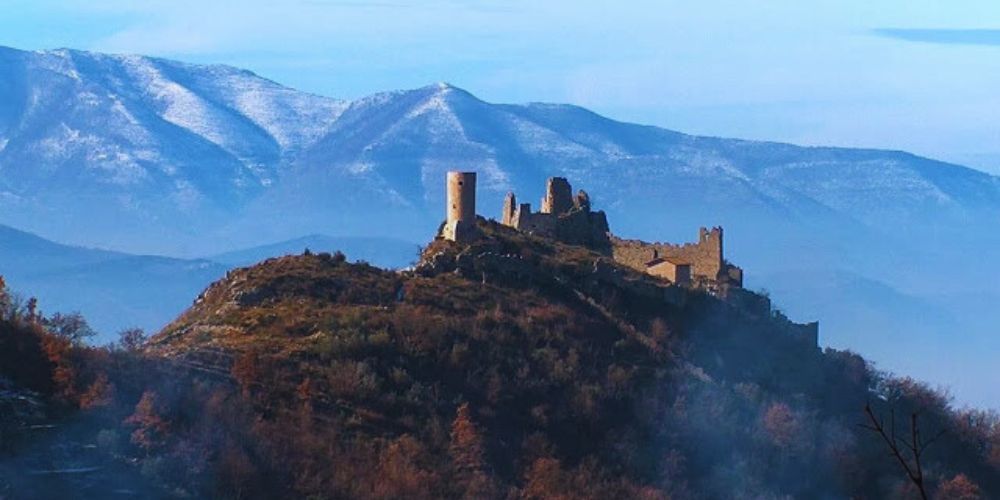
Roccasecca - remains of the fortress - ph. credit: https://www.camminodibenedetto.it/
17,8 km - Elevation gain and loss: 410 + / 630 -
Here we are at the penultimate stage, which will take us to Roccasecca, a village situated in a splendid panoramic position overlooking the Liri Valley.
Roccasecca is a charming village that impresses with the beauty of its ancient historic centre, the charm of its rock hermitages and the hospitality of its inhabitants.
Tommaso D'aquino was born here, and the presence of this critical saint and philosopher can be felt in every corner of the village.
Starting with the medieval complex with the remains of the fortress where St. Thomas was born, Roccasecca offers numerous places to visit and views to photograph.
But what makes Roccasecca even more special is the warm welcome its inhabitants give to pilgrims.
The penultimate stage of the Way of St. Benedict offers us another gem not to be missed!
Stage 16: Roccasecca – Montecassino
19 km - Elevation gain and loss: 450 + / 240 -
After walking 300 kilometers along paths that traverse the heart of Italy, we have now reached the final stage of the Way of St. Benedict: Montecassino.
As we approach the Abbey of Montecassino, we’ll pass through charming villages such as Caprile, Castrocielo, Piedimonte San Germano, and Villa Santa Lucia.
At Villa Santa Lucia, we will embark on the last stretch leading up to the Abbey, a monumental site that has witnessed 1,500 years of history.
Before entering the abbey, it's worthwhile to take a short detour to the Polish obelisk, a significant landmark from the Battle of Cassino during the Second World War.
This site offers breathtaking views of the Abbey, our ultimate destination on this remarkable pilgrimage through central Italy, steeped in the legacy of St. Benedict.
The journey culminates not only in reaching a physical destination but also in connecting with the profound spirituality and history that Benedict has imparted to the world.
The Way of St. Benedict: the credential
In the past, pilgrims carried a letter written by a priest confirming their intention to walk the Way.
Today, we have the credential, which is a pilgrim's passport. The credential summarises all the stages covered and often gives access to restaurants and accommodation at special rates.
The credential must be requested before starting the Way or collected at the first stage. Having the credential is also very important for promoting and supporting the Way.
Click here for all the information on the St. Benedict Way credential.
Useful information for organising St. Benedict Route
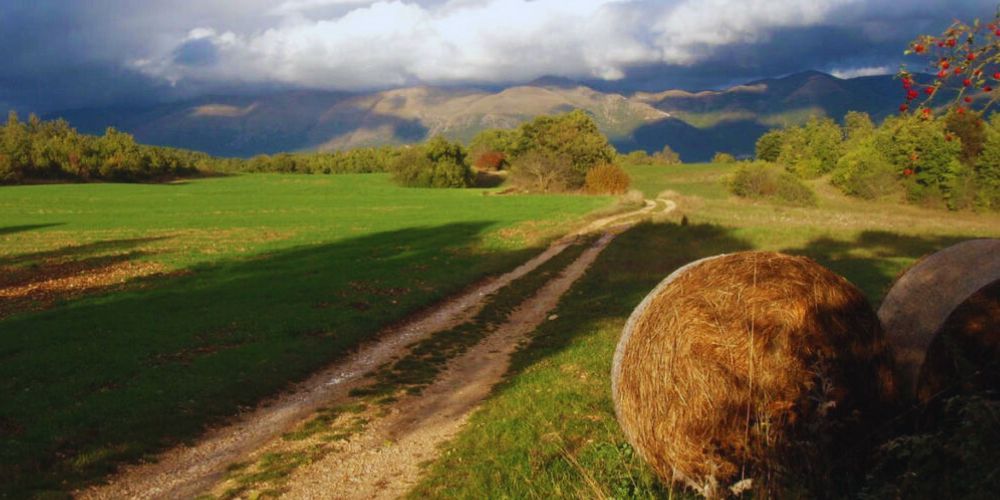
ph. credit: https://www.camminodibenedetto.it/
Along the St. Benedict Way, there are facilities and accommodations for pilgrims. It is important to remember that the prices charged by the facilities are reserved for pilgrims in possession of credentials, travelling on foot or by bicycle.
Click here to see the list of accommodation facilities for each stage of the Way of St. Benedict.
To walk in complete peace of mind without the risk of taking the wrong route, GPS tracks are available for both walking and cycling.
Download the tracks and set off!
For additional information, visit the Frequently Asked Questions section on the Way of St. Benedict.
About the author
Written on 23/09/2025


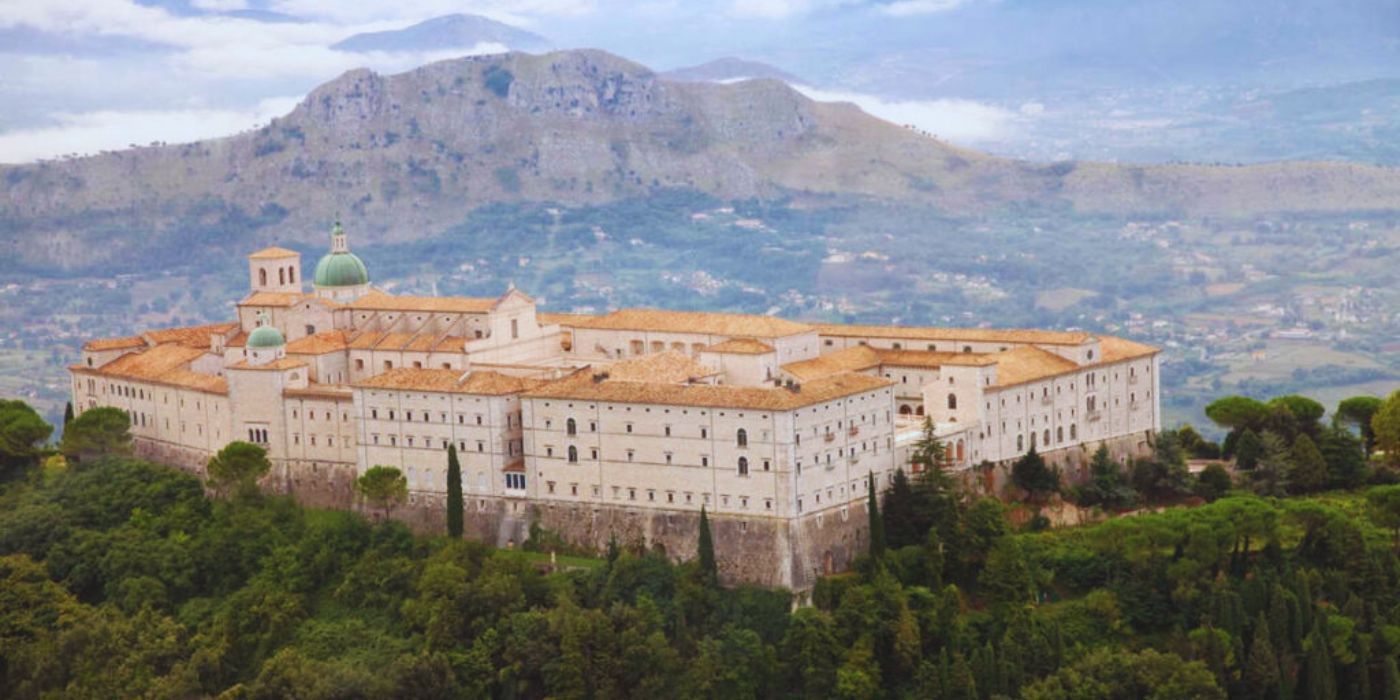
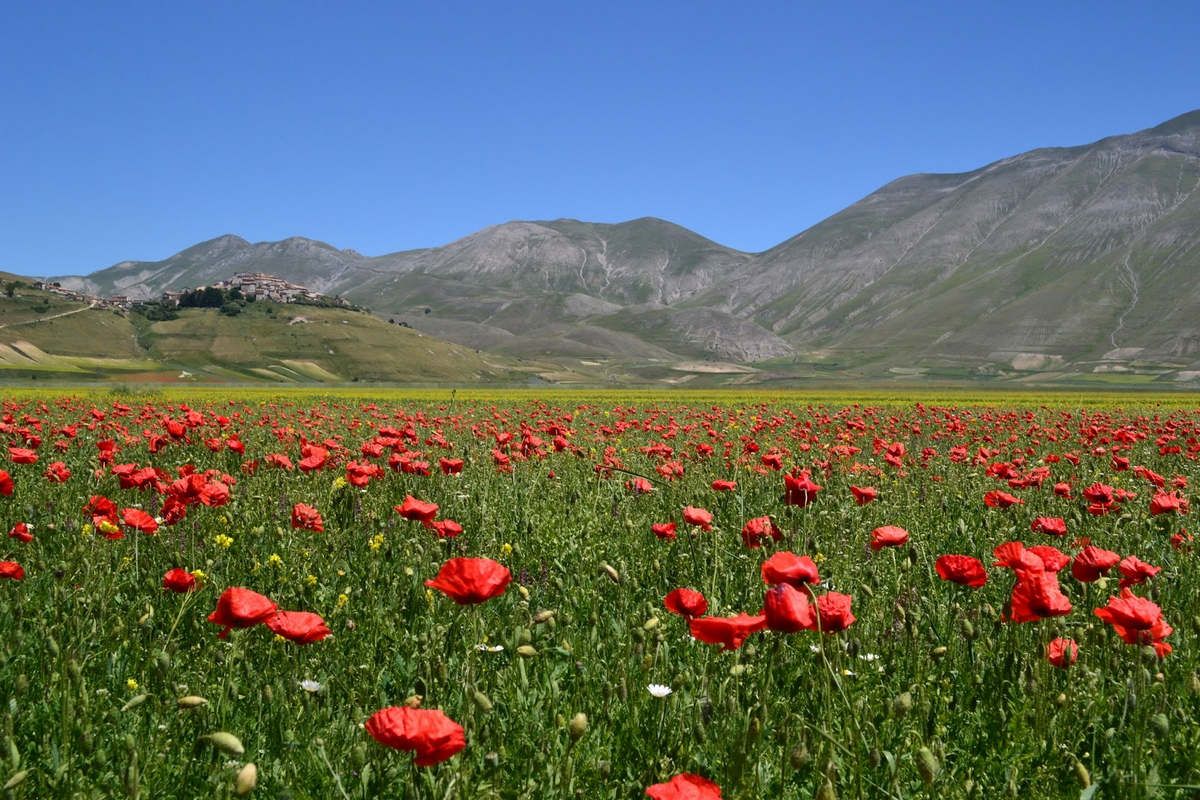
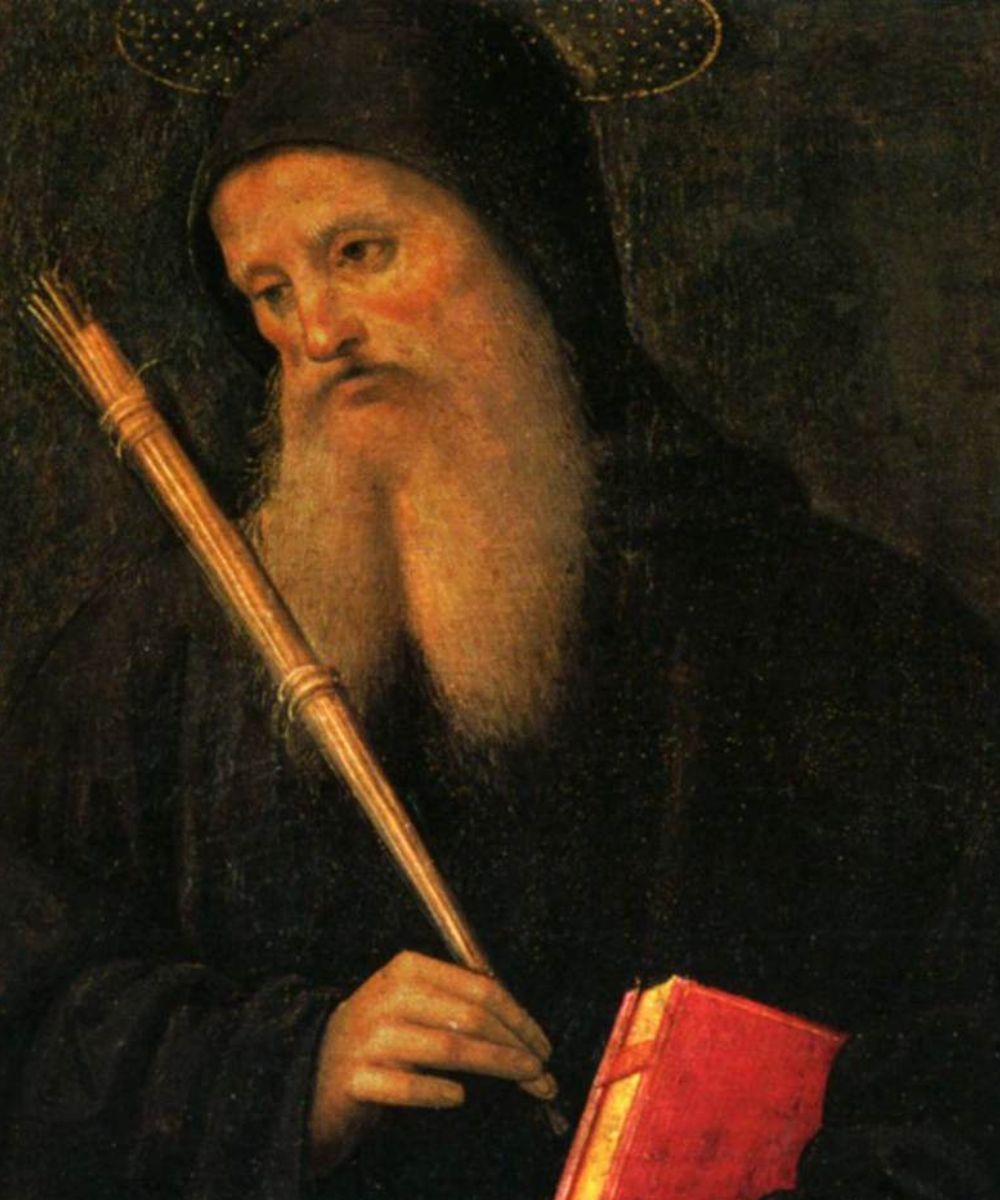
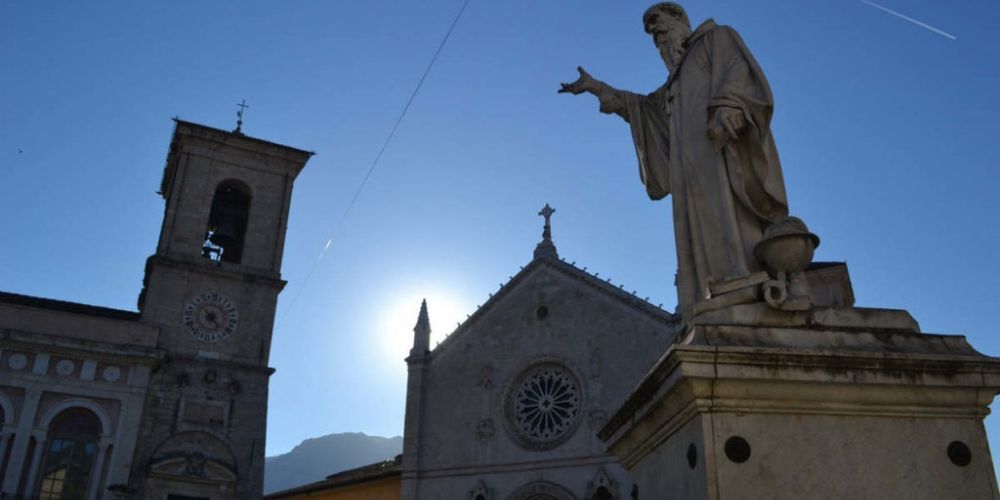
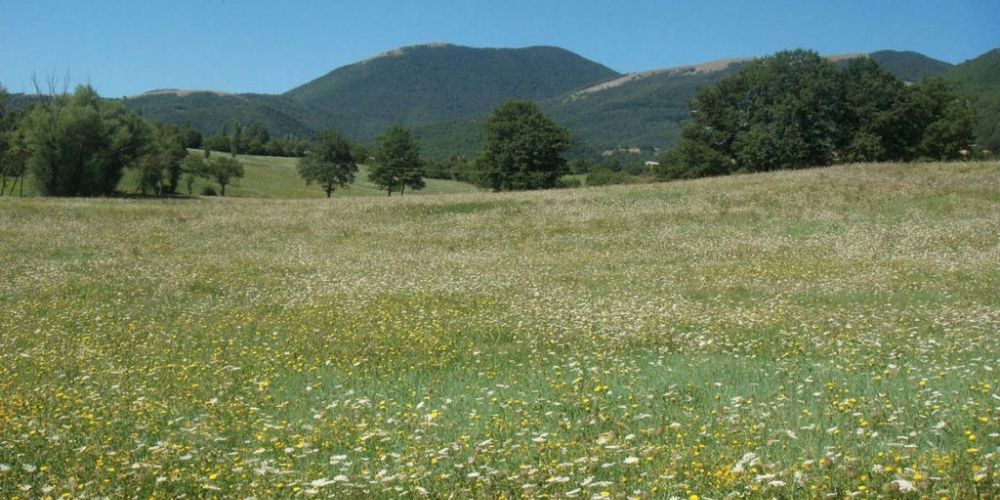
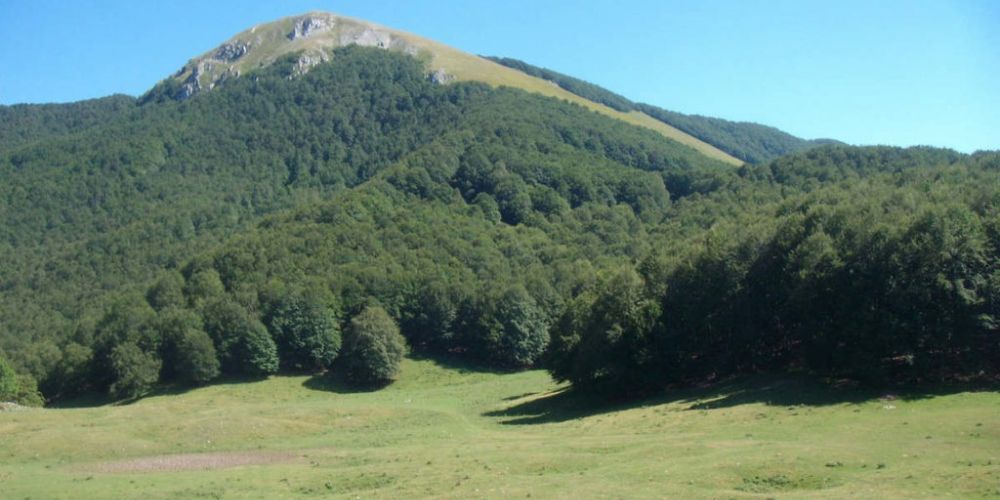
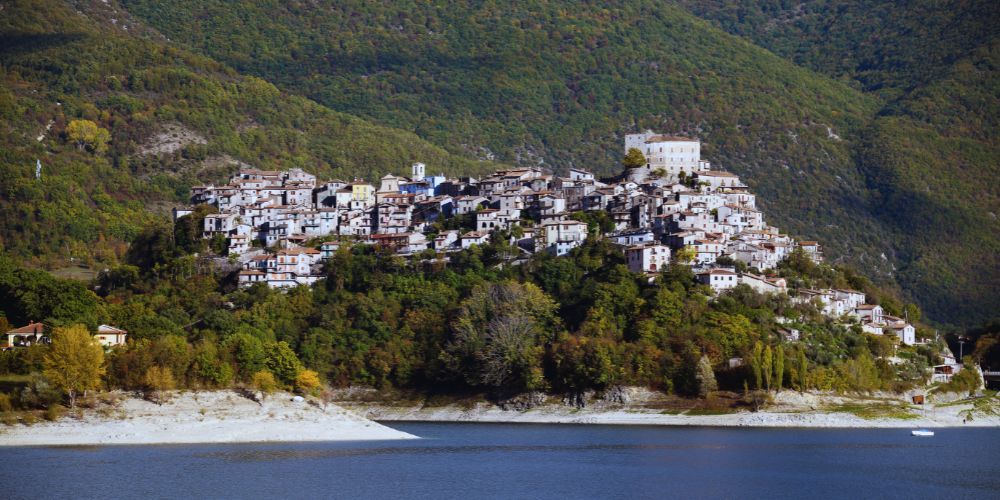
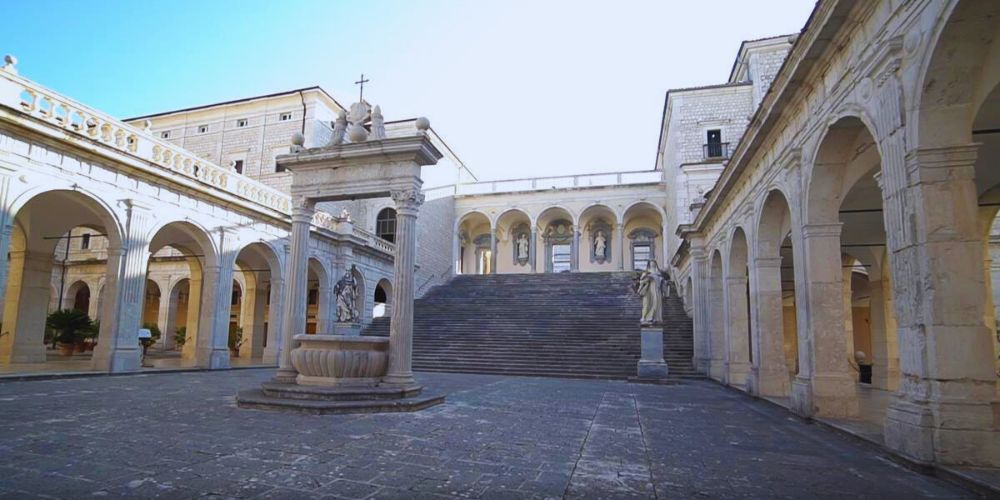
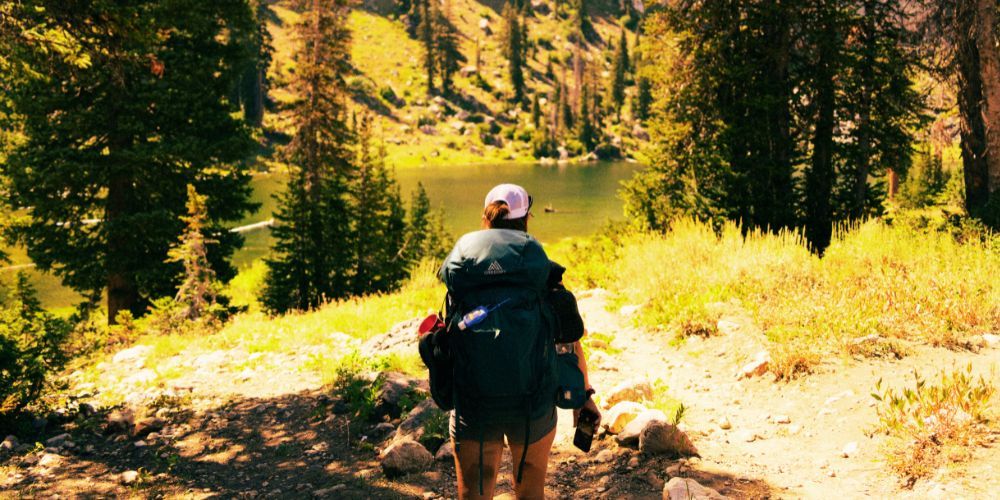

Ilaria Capatti
Let's discover the Way of St. Benedict, a spiritual journey through the splendid nature of central Italy, in the places of St. Benedict of Norcia.